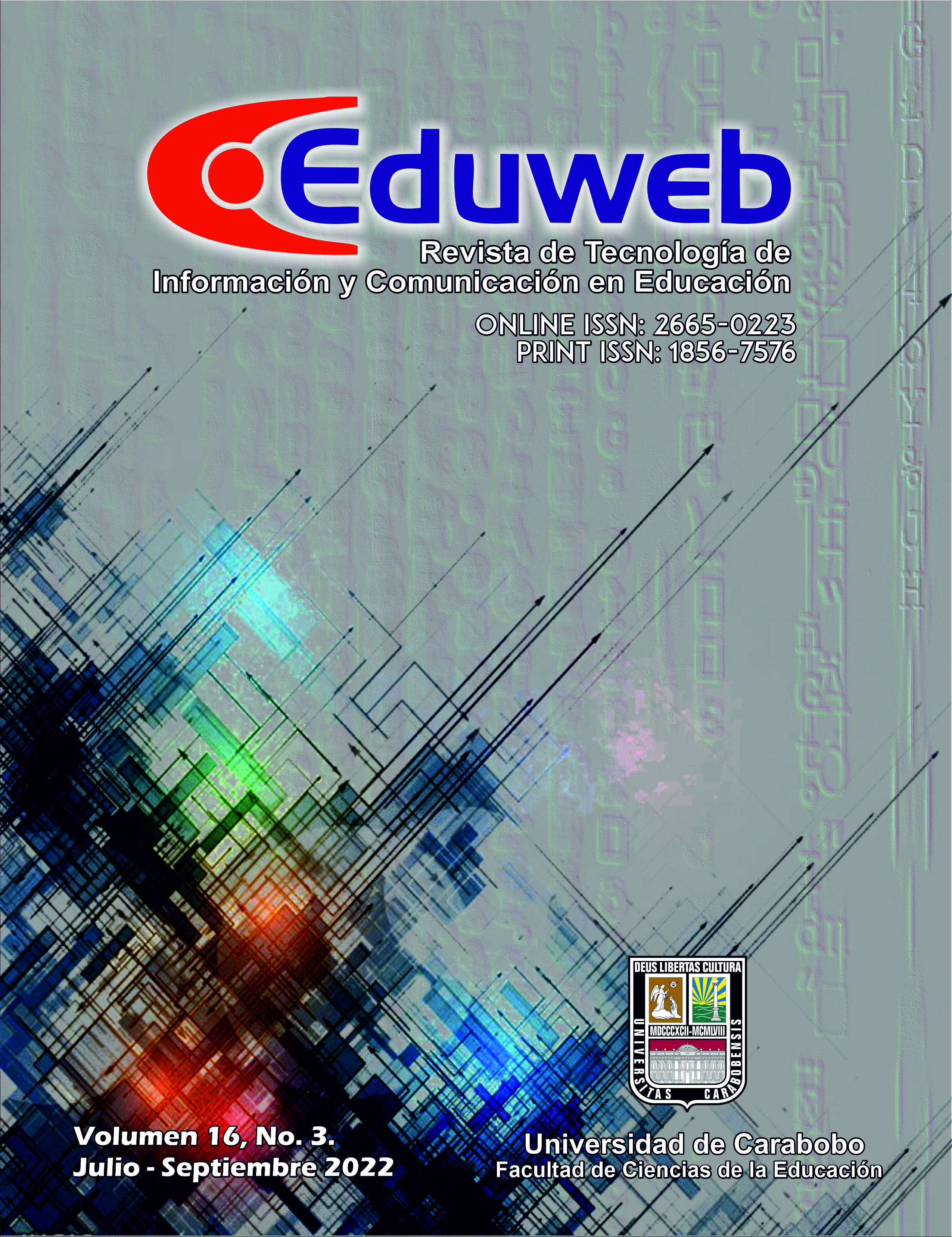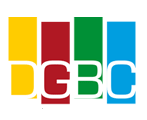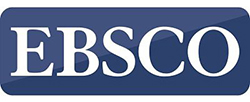The impact of digital and internet technologies on language development
DOI:
https://doi.org/10.46502/issn.1856-7576/2022.16.03.3Palabras clave:
neologism, slang, digitalization, communication, social media, language.Resumen
The article is devoted to studying the development of languages under the influence of computer technology. The article aims to determine the impact of digitalization and other factors on the development of Ukrainian and English languages. The study's central hypothesis is that digital technology has significant language development. To empirically confirm this hypothesis, a survey of Internet users was organized, who expressed their opinions about the use of new words (words of foreign origin and slang words) in the process of communication. The study results showed that digital technology impacts language development, but users' vocabulary is expanding following the scope of digital technology. In particular, young people, even having a good knowledge of English, do not know business slang, while the mature generation has almost no knowledge of youth slang originating from entertainment. This study has practical significance for philologists and digital technology professionals who are looking for accessible methods of communication by expanding the speech vocabulary with words of computer origin.
Citas
Baron, N. S. (1984). Computer Mediated Communication as a Force in Language Change. Visible Language, 18(2), 118-141. URL: https://s3-us-west-2.amazonaws.com/visiblelanguage/pdf/18.2/computer-mediated-communication-s-a-force-in-language-change.pdf
Baron, N. S. (2010). Always on: Language in an Online and Mobile World. Oxford University Press, 304 р. DOI: https://doi.org/10.1093/acprof:oso/9780195313055.001.0001
Bauckhage, C. (2011). Insights into Internet Memes. Proceedings of the Fifth International AAAI Conference on Weblogs and social media (Barcelona, Catalonia, Spain. July 17-21, 2011). California, Menlo Park: The AAAI Press, 42-49.
Chatfield, T. (2013). The 10 best words the internet has given English. Gardien. URL: https://www.theguardian.com/books/2013/apr/17/tom-chatfield-top-10-internet-neologisms
Chaoyuan, L. (2016). Review on language studies & globalization. Intercultural communication studies, XXV (3), 320-326. URL: https://web.uri.edu/iaics/files/LI-Chaoyuan.pdf
Capote Domínguez, T., González Hernández, G., & Perdomo Ogando, J. (2019). El enfrentamiento al cambio climático en la especialidad forestal de la educación técnica profesional. Revista Científica Del Amazonas, 2(3), 5-16. Recuperado a partir de https://revistadelamazonas.info/index.php/amazonas/article/view/13
Gao, L. (2006). Language contact and convergence in computer mediated communication. World Englishes, 25(2), 299-308. DOI: https://doi.org/10.1111/j.0083-2919.2006.00466.x
Collot, M., and Belmore, N. (1996). Electronic language: A new variety of english. Amsterdam, Philadelphia: John Benjamins Publishing Company.
Crystal, D. (2001). Language and the Internet. Cambridge, UK: Cambridge University Press, 272 р.
Golovanova, D., & Yakimenko, I. (2019). The influence of Internet slang on the speech culture of modern youth. Young Scientist, 3(23), 1-3. URL: https://moluch.ru/young/archive/23/1409/
Hans, V. (2017). Globalisation: Changing language and landscape in hybrid times. International Journal of English Language, Literature, 7(3). URL: https://ssrn.com/abstract=2989413
Hjarvard, S. (2003). The globalisation of language. How the media contribute to the spread of English and the emergence of medialects. Media, globalisation and identity, III, 75-97. URL: DOI: https://doi.org/10.1515/nor-2017-0272
Havlyuk, D. (2003). Materials for a dictionary of Ukrainian computer slang. Language and History, 63/64, 14-15
Hoover, W., & Gough, P. (1990). The simple view of reading. Reading and Writing, 2(2), 127–160. URL: https://link.springer.com/article/10.1007/BF00401799
Kuznetsova, N., & Vakhromova, E. (2009). To the question of the linguistic prospects of neologisms in the computer sphere. Bulletin of the Nizhny Novgorod University. N. I. Lobachevsky, 6-2, 270-275.
Liu, S., Gui, D., Zuo Y., & Dai Y. (2019). Good Slang or Bad Slang? Embedding Internet Slang in Persuasive Advertising. Frontiers. DOI: https://doi.org/10.3389/fpsyg.2019.01251
Maulidiya, R., Wijaya, S-E., Mauren, C., & Adha, T. (2021). Language Development of slang in the Younger Generation in the Digital Era. OCF. URL: https://files.osf.io/v1/resources/xs7kd/providers/osfstorage/61cbd614b0ea71065db2b2b3?action=download&direct&version=1
Panyushkina, O. (2014). Change of language under the influence of social networks (On the material of the Spanish language). Almanac of Modern Science and Education, 3(82), 133-135.
Pyrkalo, S. (1998). The first dictionary of Ukrainian youth slang. Kyiv.
Shchurina, Y. (2012). Internet memes as a phenomenon of Internet communication. Scientific Dialogue, 3, 161-173.
Stavytska, L. (2003). A short dictionary of slang vocabulary of the Ukrainian language. Kyiv: Krityka, 336 p.
Semeniuk, O., Leleka, T., & Moskalenko, O. (2020). Globalization of Ukrainian language lexical system: age, gender and educational dimensions. Advanced Education, 15. URL: http://ae.fl.kpi.ua/article/download/174640/208595
Souza, С. Pádua, F., Lima, V., Lacerda, A., & Carneiro, C. (2018). A computational approach to support the creation of terminological neologisms in sign languages. Computer Applications in Engineering Education, 26(3), 517-530. DOI: https://doi.org/10.1002/cae.21904
Urban Dictionary (n/d). Official site. URL: http://www.urbandictionary.com/
Vellutino, F., Tunmer, W., Jaccard, J., & Chen, R. (2007). Components of reading ability: multivariate evidence for a convergent skills model of reading development. Scientific Studies of Reading, 11(1), 3–32. URL: https://citeseerx.ist.psu.edu/viewdoc/download?doi=10.1.1.472.6832&rep=rep1&type=pdf
Descargas
Publicado
Cómo citar
Número
Sección
Licencia
Derechos de autor 2022 Lidiia Oliinyk, Nataliia Romaniuk, Halyna Kuznetsova, Inna Horbenko, Nadiia Senchylo-Tatlilioglu

Esta obra está bajo una licencia internacional Creative Commons Atribución 4.0.















